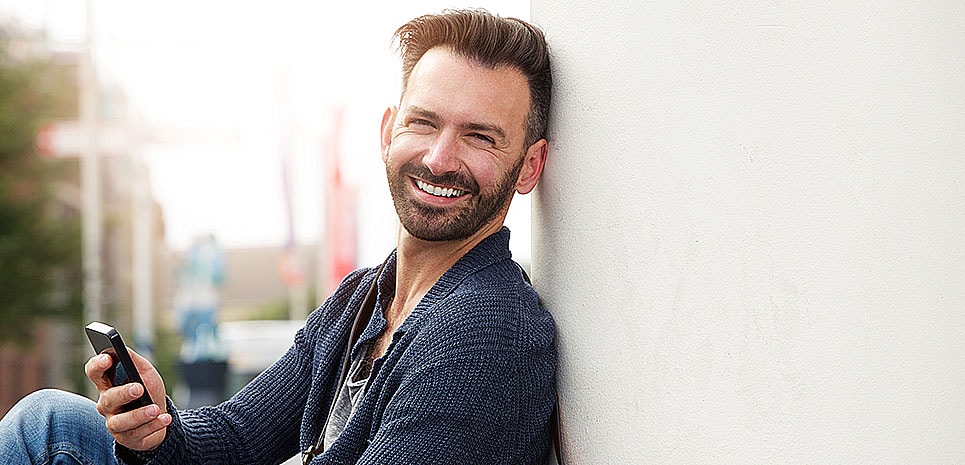
A hair transplant surgery might appear intimidating at first when you think about it. Think about cutting up the edges of your scalp and implantation of hair follicles to the bald areas of your head. But thankfully, the surgical techniques have come a long way.
Today as science has advanced, and surgical techniques have been further modified according to the suitability of the patient, it’s safe to say that hair transplant surgery is by far the most common and demanding cosmetic procedure amongst men.
In this blog, we shall discuss hair transplants, the procedure and types available and what to expect after getting one done.
Also known as hair restoration surgery, it is an outpatient surgery that uses special micro grafting techniques to implant your own hair follicles on the bald areas of your head.
Types Of Hair Transplantation
Modern techniques are well regarded as the most successful and result oriented procedures.
The more traditional method of hair transplantation was known as the follicular unit transplantation (FUT). This procedure involved the removal of a thin long strip of the scalp from the donor’s back side of the head, which was then dissected and placed all over the sparse areas of the scalp.
The more modern technique used in most clinics is the follicular unit extraction (FUE). This unit involves the removal of smaller individual units of hair follicles all across the scalp. Once these tiny hair follicles are harvested, the procedure is the same for both techniques.
Hundreds of thousands of needles sized holes are then punched through the scalp ready to receive the transplanted follicles. After that, the hair follicles are implanted in the individual sites. This can take up to several hours depending on how much sparse your hairline is before the procedure.
Appearance Post Surgery
Once you’re done with the surgery, the hair follicles need at least 6 months to properly heal and make their place.
In the first few months, you might even see more hair loss, but rest assured, it is a normal outcome post-transplant surgery.
It’s important to bear in mind that you will not see results overnight. After the initial healing, you will be able to see the same regrowth of the transplanted follicles as was the rest of your hair. Afterwards, the micro grafts can be dyed, styled and cut according to your preference.
Are Hair Transplants Permanent?
Here comes the million dollar question about the permanency of the procedure, but there’s a catch to it.
Once the micro grafts harvested from the more hairy areas of your head such as the crown or the back of your scalp, are placed in areas where you experienced massive hair loss, the initial healing can take time in showing you the final results.
It can take up to 6 months to maximum a year. Once the hair follicles start to grow, they will grow naturally like the unaffected parts of your scalp. The results however, can vary based on the condition you’re suffering from and accelerating age. Over time you might notice that the transplanted hair follicles lag behind in their growth.
On the other hand, the movement of the hair follicles from the harvesting sites to the sparser areas of your scalp is entirely permanent and there is nothing you can do to reverse the changes.
Will I Need Another Hair Transplant In The Near Future?
And the answer is, it can depend on the individual’s condition.
It’s important to note that hair transplantation surgeries are not preventive measures to tackle hair loss. Instead, they are merely a source of thickening and restoring the hair growth in certain bald patches of the scalp.
If you suffer from certain skin disorders or are genetically prone to hair fall and baldness, it’s likely that you will need more sessions in the coming years to keep the hair growth going.
Contrary to this, if you suffered from alopecia due to a stressful situation, or after recovery from a disease, basically any factor that is modifiable, maybe just a single session of hair transplantation might be enough for you to sustain hair growth.
In most cases, the effects after a hair restoration surgery are permanent but you should expect decelerated growth after a few years, which is quite natural. Discuss with a Micro Grafting transplant doctor to decide if the procedure is for you.

